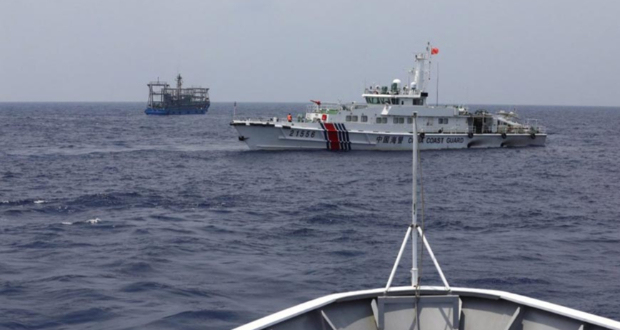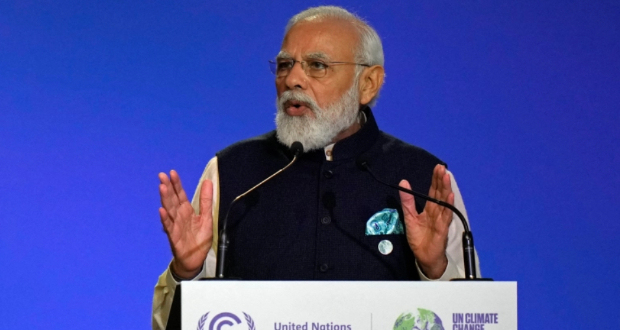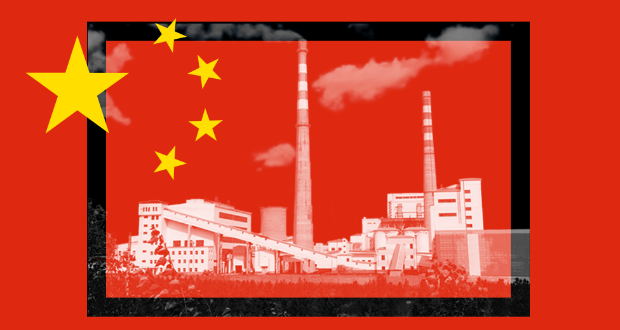On 11 April, the first trilateral summit between the United States (US), Japan, and the Philippines was held in Washington. This was preceded by the first-ever military exercise between the US, Japan, the Philippines, and Australia in the South China Sea on 7 April.
Not very long ago, in September 2022, the US, Japan, and the Philippines held the first “Trilateral Defense Policy Dialogue” and decided to deepen cooperation in areas such as maritime security, humanitarian relief, and disaster response. Again, in December 2022, the US Army and Marine Corps in the Pacific, the Armed Forces and Marine Corps of the Philippines, and the Japan Ground Self-Defense Force held their first trilateral meeting in Tokyo, laying the foundation for regular high-level talks between the ground forces of the three countries. In June 2023, the heads of the national security agencies of the US, Japan and the Philippines held the first Trilateral Security Dialogue, marking a new level for the security cooperation mechanism between the three. In July and September 2023, the foreign ministers of the three countries met for the first time to advance cooperation on “economic security, development, humanitarian assistance, maritime security, and defence”. In September 2023, Japanese Prime Minister Kishida, Philippines President Marcos, and US Vice President Harris again met to further deepen trilateral cooperation.
The rapid development of the trilateral ties between the US, Japan, the Philippines and “the linking of the South China Sea–East China Sea dispute and the Taiwan issue” has set the alarm bells ringing in Beijing.
Now, the buzz on the Chinese internet is that, in less than a year of holding the first Defense Ministerial Dialogue, the four countries—the US, the Philippines, Japan, and Australia—may now get integrated into a new “quadrilateral security mechanism”. The rapid development of the trilateral ties between the US, Japan, the Philippines and “the linking of the South China Sea–East China Sea dispute and the Taiwan issue” has set the alarm bells ringing in Beijing.
The Chinese assessment is that a centralised and integrated regional security architecture is increasingly taking shape in the Indo-Pacific region, with the US as the core, the quadrilateral security mechanism as the focus, and multiple sets of “mini-multilateral” mechanisms as the supplement.
Hu Xin, Assistant Researcher at China South China Sea Research Institute, in an article in the Guancha.com, argued that in recent years, the US alliance system in the Indo-Pacific region has undergone important changes
1. It has achieved substantial internal integration, in terms of goals, structure, and members.
- In terms of goals, the alliance system formed by the US after World War II had a relatively loose structure and lacked a unified strategic goal. But now, a common strategic threat perception from China has become a common goal binding together the US alliance system.
- In terms of structure, the original bilateral alliance system (between the US and regional states, including Japan, South Korea, the Philippines, and Thailand) format has been transformed into a “latticework of mini-lateral arrangements” between the US and its various alliance and security partners in the region. This is playing an important role in legitimising the geographical scope of its alliance system in the Indo-Pacific.
- The US is promoting military and security dialogue and cooperation among the member nations (allies/partners) to facilitate better integration, communication and management within its alliance system. For example, countries such as Japan and the Philippines, Japan and Australia, Japan and India, India and Australia, India and South Korea have all established a "2+2" dialogue mechanism between each other’s foreign and defence ministers.
The US alliance system is also undergoing an outward expansion, in terms of involving non-resident nations in regional affairs and incorporating issues beyond the traditional security and defence domain.
Japan and India have established a "Special Strategic and Global Partnership"; Japan and Australia have formed a “Comprehensive Strategic Partnership” with Vietnam; Australia and India have upgraded their bilateral relations to a Comprehensive Security Partnership in 2020; in 2022, Japan and Australia have signed the "Joint Declaration on Security Cooperation”. Now Japan and the Philippines are negotiating the signing of a reciprocal troops access agreement.
2. The US alliance system is also undergoing an outward expansion, in terms of involving non-resident nations in regional affairs and incorporating issues beyond the traditional security and defence domain. For example, it is noted with concern in Beijing how the United Kingdom, France, and Germany have been made a party to the Indo-Pacific politics, by encouraging them to establish 2+2 dialogues with the countries in the region, deploying warships or taking part in high-level military exercises, etc.




